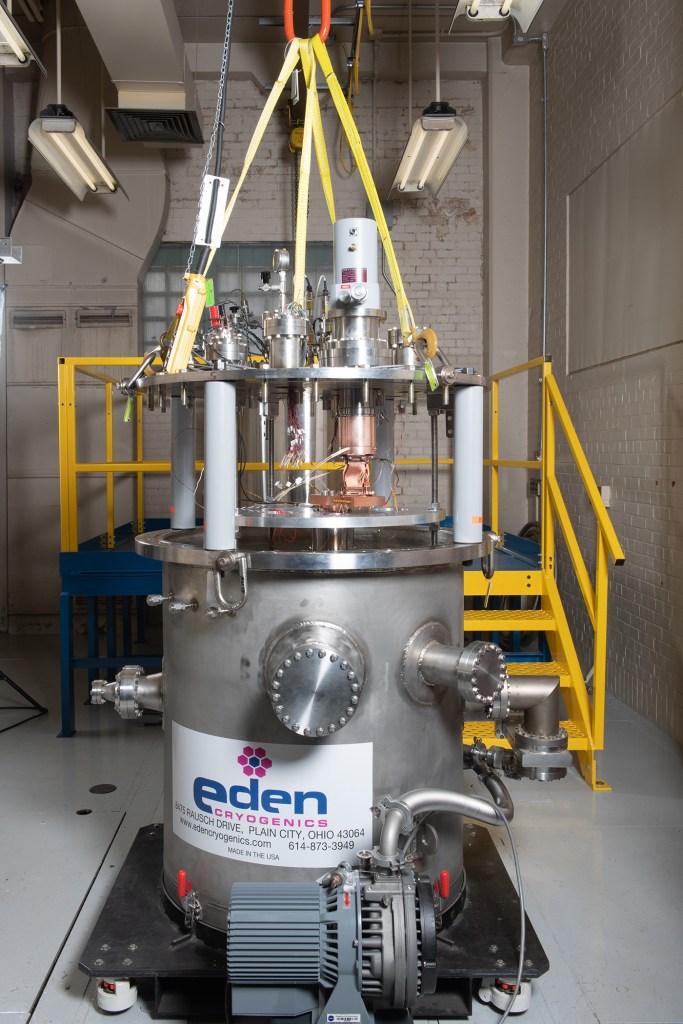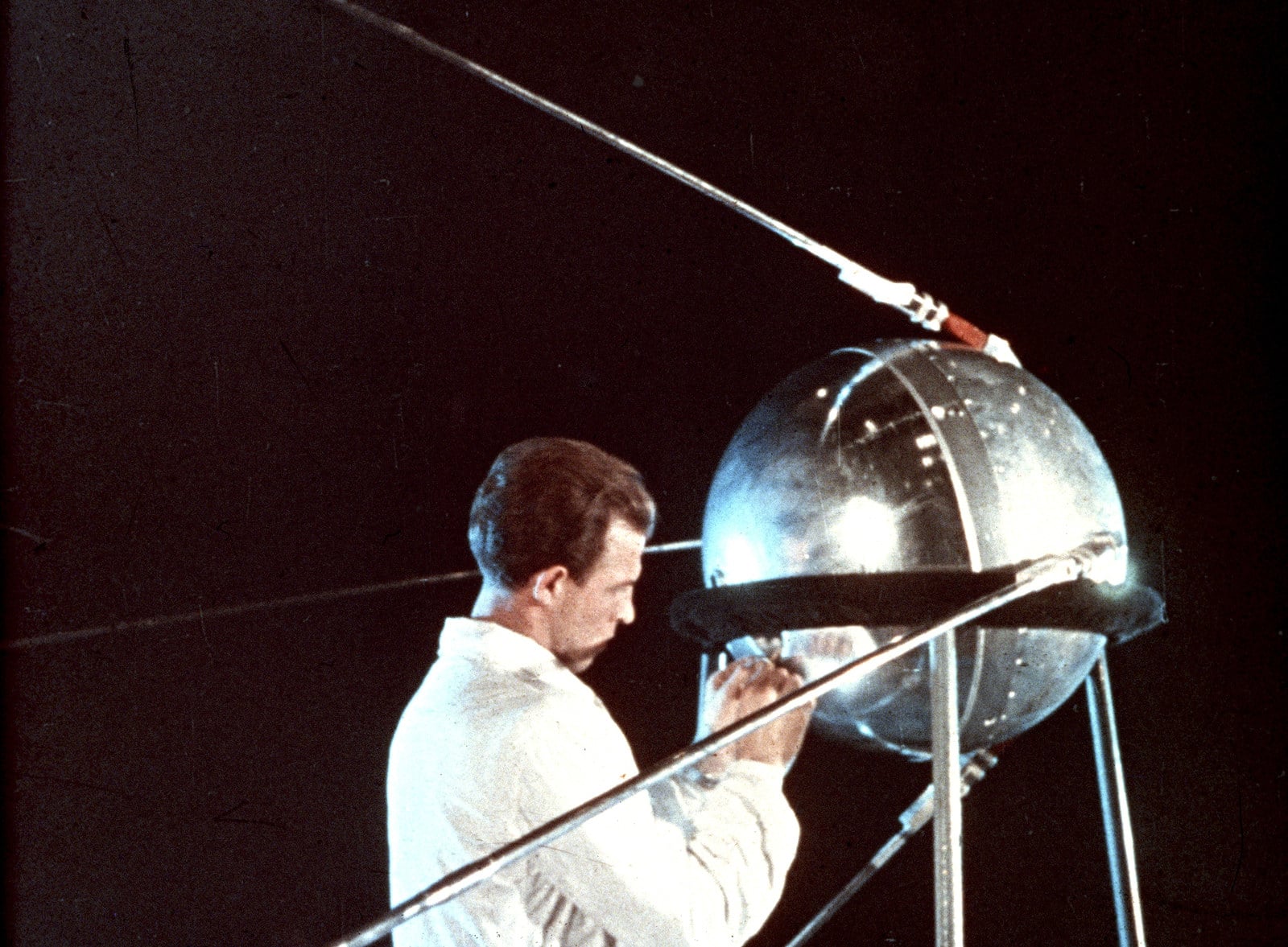On October 4, 1957, the Soviet Union opened the Space Age with the launch of Sputnik, the world’s first artificial satellite. Launched as part of the International Geophysical Year, Sputnik weighed 84 kilograms and orbited the Earth every 90 minutes, sending out a signal that could be heard by amateur radio operators around the world. Sputnik’s launch caught the United States by surprise and led to the creation of NASA. The Space Race was inaugurated between the two countries, as each superpower sought to achieve superiority in space. The competition led to rapid development of space capabilities by both countries, first putting animals and then humans in space and sending automatic probes to the Moon and planets.
Remarkably, less than 12 years after Sputnik, humans walked on the Moon. Looking back over the past 60 years, developments in space exploration have been staggering, leading to advances in technology, medicine and other areas. Advances in the next 60 years are limited only by our imagination.



























